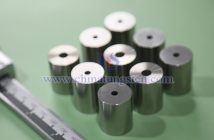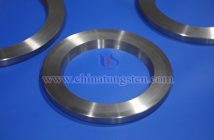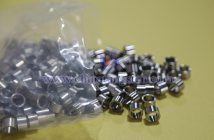Tungsten-nickel-iron alloy, composed of tungsten, nickel, iron, and other elements, features high strength, high hardness, excellent corrosion resistance, and radiation shielding capabilities. It is widely used in aerospace, aviation, military, and electronics fields, such as for manufacturing counterweights, shielding components, and high-temperature structural parts. Common production methods include powder metallurgy, metal injection molding, and chemical co-precipitation.
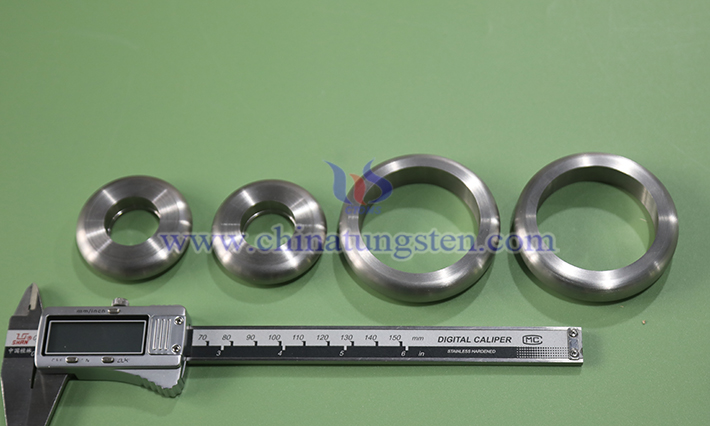
Powder Metallurgy: This is a primary method for producing tungsten-nickel-iron alloy. First, tungsten powder, nickel powder, and iron powder are mixed in specific proportions, followed by ball milling and sieving to ensure uniform powder mixing and appropriate particle size. The mixed powder is then processed using hot pressing, hot isostatic pressing, or vacuum sintering to form blanks of desired shapes and sizes. Subsequent heat treatments, such as annealing or quenching, further refine the alloy’s microstructure and properties. This method yields high-density, stable-performance alloys suitable for large-scale production of various-shaped products, widely applied in counterweights and shielding.
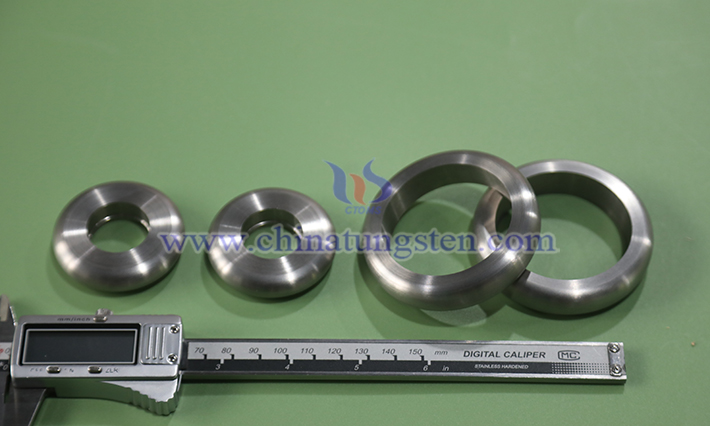
Metal Injection Molding: This process begins by weighing and mixing tungsten, nickel, and iron metal powders, followed by dry grinding for uniformity. The mixture is preheated under nitrogen protection, then combined with plastic additives and polyoxymethylene resin, kneaded, and granulated into feedstock. The feedstock is injected into mold cavities under specific temperature and pressure conditions using an injection molding machine. The molded green body undergoes debinding to remove plastic additives and polyoxymethylene resin, followed by vacuum sintering in a graphite or molybdenum furnace to produce the final tungsten-nickel-iron alloy product. This method is ideal for manufacturing complex, high-precision parts, such as shielding components in electronic devices.
Chemical Co-Precipitation: This method involves preparing tungsten-nickel-iron composite oxide powder via chemical co-precipitation, which is then reduced with hydrogen to obtain nanoscale tungsten-nickel-iron composite powder. The powder is shaped and sintered to form a dense tungsten-nickel-iron alloy. The resulting alloy powder features fine, near-spherical particles, leading to a high relative density and a fine, uniform microstructure.

